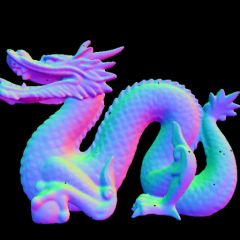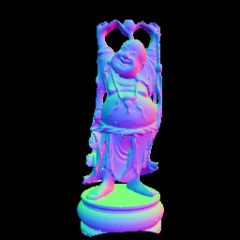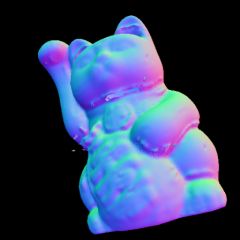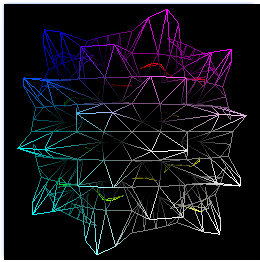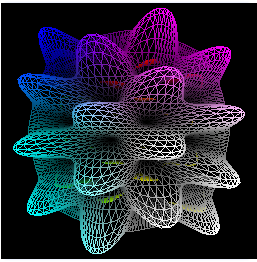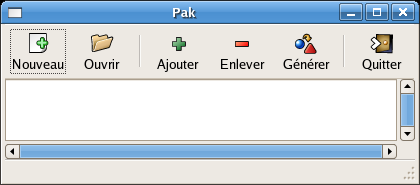I backported the BVH i wrote for CRBN to the little and ugly raytracer test. Even if it’s not the most efficient space partioning method for raytracing, the improvment is quite impressive.
Here’re some results with the Maneki Neko model rendered on a Athlon XP 1.4GHz with 1GB of RAM. The model contains 62385 points and 124677 triangles. The code was compiled only with the -O flag and the target image was 256×256.
BVH:
- real 0m8.325s
- user 0m6.461s
- sys 0m1.505s
- 174 MB
Without:
- real 25m57.370s
- user 24m25.249s
- sys 0m5.714s
- 52MB
Nice heh? So i decided to render something a little bit bigger. I chose the dragon hi-res model. It contains 437645 vertices and 871414 triangles. I haven’t tried rendering it without BVH. The 512×512 image took 2minutes to render. Unfortunately, i still have some floating point issues. You can notice holes here and there… I’ll made some tests using Plüecker coordinates as it’s supposed to be more robust.
